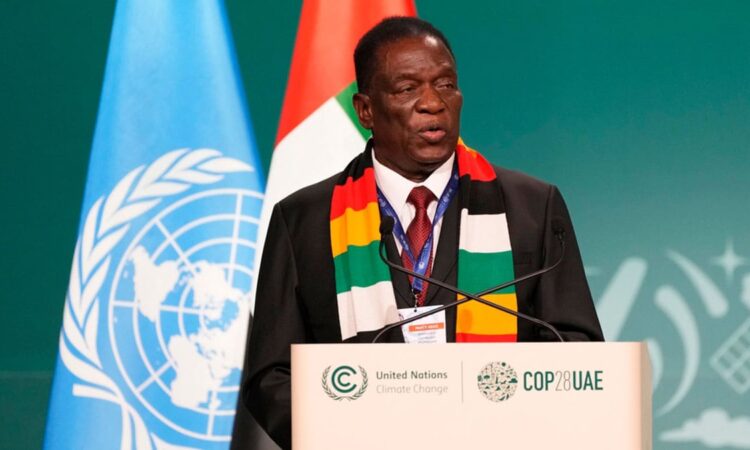Zimbabwe’s ruling party vows to adopt gold-backed ZiG as sole currency, end use of dollars – Firstpost

Zimbabwe’s ruling party has passed a resolution to adopt the bullion-backed ZiG currency as the country’s exclusive legal tender, phasing out the use of US dollars. However, no timeline was given for the change, according to a report
read more
Zimbabwe’s ruling party has passed a resolution to adopt the bullion-backed ZiG currency as the country’s exclusive legal tender, phasing out the use of US dollars.
According to a Bloomberg report, citing the resolution agreed at the ruling Zimbabwe African National Union-Patriotic Front annual conference at the weekend, the government is ordered to “expedite efforts to dedollarise the economy and promote the use of the ZiG as the country’s sole currency.”
No timeline was given for the change, added the report.
The ZiG, or Zimbabwe Gold, marks the country’s sixth attempt in 15 years to replace the US dollar as its primary currency.
Current laws allow the US dollar to remain legal tender until 2030, although President Emmerson Mnangagwa has suggested this timeline might be adjusted, reported Bloomberg.
Launched in April, the ZiG has encountered challenges, including a 43% devaluation last month, leading to calls for its abandonment. Following the September devaluation, public confidence in the ZiG has declined, prompting increased dollarisation of the economy, according to the report, citing a recent note from Oxford Economics.
The International Monetary Fund also warned last week that the ZiG alone cannot resolve Zimbabwe’s deeper economic problems, which include high inflation and a lack of public trust in fiscal and monetary authorities.
Zanu-PF, which has governed Zimbabwe since independence in 1980, often uses its resolutions to guide government policy. The party has instructed the government to implement “robust measures” to enhance the purchasing power of the ZiG and promote its use.
On Monday, the ZiG traded at 28.37 per dollar on the official market, while rates on the parallel market ranged between 40 and 50 per dollar, according to ZimPriceCheck.com, which tracks both exchange rates.
With inputs from agencies

